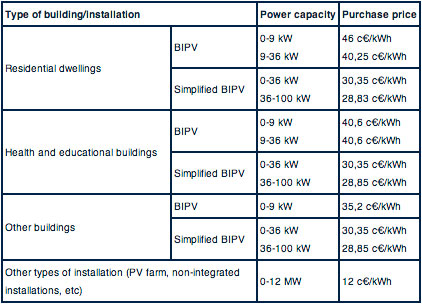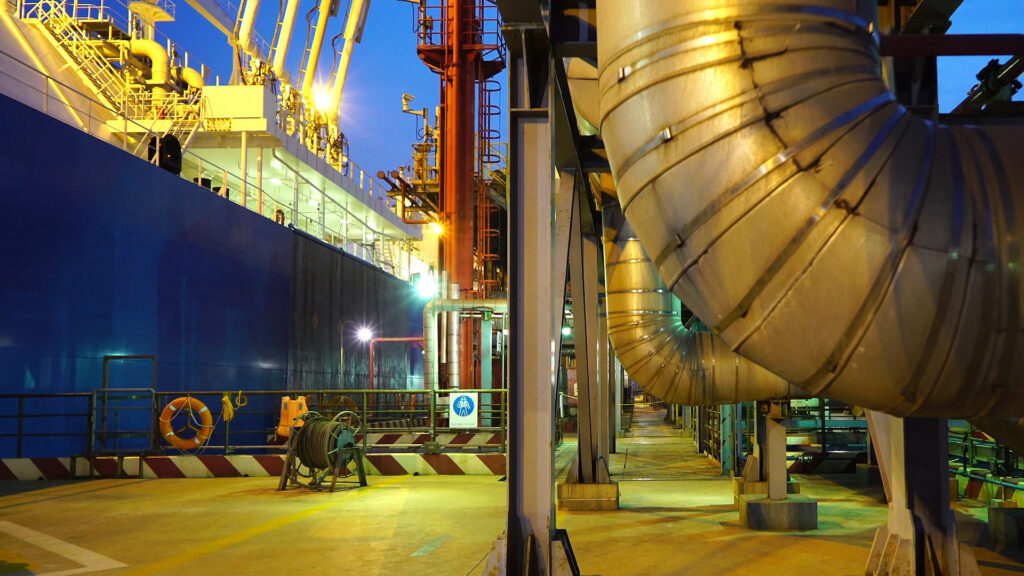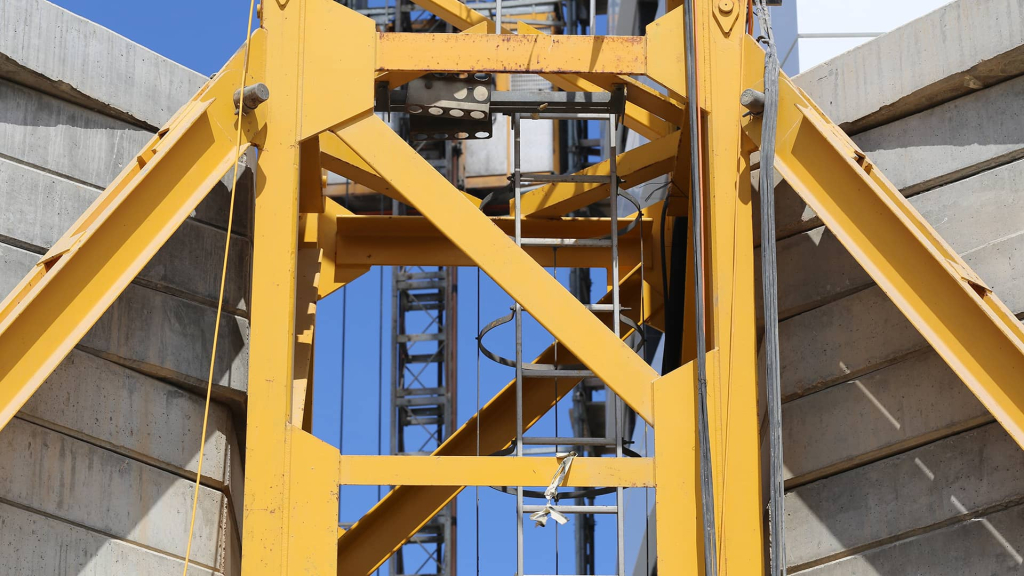Solar energy
The decision of the French government to lower the feed-in tariffs was a result of the need to counter inflation in the photovoltaic sector. In the three last years, electricity generation in the photovoltaic sector has increased from 81 MW at the end of 2008, to 261 MW at the end of 2009 and reached 1025 MW on 31 December 2010. These figures are to be put in the context of France’s target under Directive 28/EC/2009 pursuant to which France was supposed to have 1100 MW by the end of 2012 and 5400 MW of photovoltaic energy in 2020.
The new feed-in tariffs applicable to the electricity generated from photovoltaic sources were published in the French Official Journal on 5 March 2011.
The decision of the French government to lower the feed-in tariffs was a result of the need to counter inflation in the photovoltaic sector. In the three last years, electricity generation in the photovoltaic sector has increased from 81 MW at the end of 2008, to 261 MW at the end of 2009 and reached 1025 MW on 31 December 2010. These figures are to be put in the context of France’s target under Directive 28/EC/2009 pursuant to which France was supposed to have 1100 MW by the end of 2012 and 5400 MW of photovoltaic energy in 2020.
Every photovoltaic player operating in France will recall that, because of this boom, the French government abruptly decided on 9 December 2010 to suspend the last photovoltaic feed-in tariffs that were set up only four months ago pursuant to a decree dated 31 August 2010, putting all the operators in a situation of doubt and uncertainty.
This period of uncertainty has recently ended with the publication of the order dated 4 March 2011 setting up the new feed-in tariffs applicable as of 10 March 2011, which allows operators to resume their projects in the photovoltaic sector.
This new order clearly demonstrates the government’s intention to slow down the number of applications and stop the market bubble. Other countries, such as Germany, are facing the same problem and are also implementing a reduction of the power purchase price.
The scheme adopted in France has been almost unanimously challenged by the many players in the solar energy sector, although it was supposed to be designed on a consultative basis during the suspension period over the past three months.
In order to reduce the number of applications, the French government has introduced a mechanism of revision of the feed-in tariffs depending upon the number of applications filed in France during the previous quarter (the first quarter will end on 30 June 2011).
The new order maintains different feed-in tariffs depending upon the type of photovoltaic installation and the nature of the building: (1) Residential dwellings (2) health and educational buildings and (3) other buildings. In each type of building, the applicable feed-in tariff depends upon the level of integration of the installation into the roof: full integration (called BIPV) or simplified integration (called Simplified BIPV).
The new feed-in tariffs are summarised in the table below:

The tariffs above will vary each quarter from 0% to 10% depending upon the number of applications filed as compared to the annual targets determined by the order.
Under this new order, the applicable power purchase price will depend upon the date on which the operator has filed a complete grid connection request.
Once, the applicable initial power purchase price is determined, such price will, as in the past, be indexed at the end of each year following the date of entry into force of the power purchase agreement, on the basis of an established index regularly published. This index takes into account the evolution of the labour costs in the industry of mechanics and the prices of production.
Despite the fact that the purchase price will be revised each quarter, operators will continue to have a guarantee regarding the purchase of the electricity produced during a period of 20 years. In addition, and regardless of the critics of this new scheme, the feed-in tariffs offered in France remain among the more favourable ones in the world and will certainly help France to continue attracting French and foreign investments in this sector.









-1024x683.jpg)